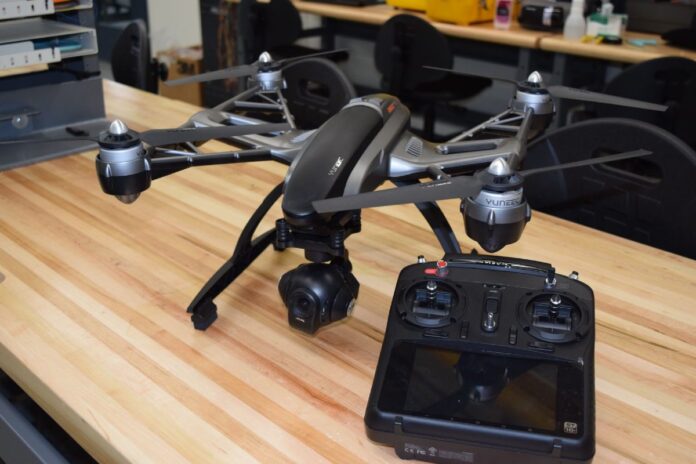PORT MANSFIELD — It may be considered a fishing village to most but now it’s expected to become part of aviation history.
Today, Texas A&M University-Corpus Christi plans to launch four drones from Charles R. Johnson Airport as part of the largest test of NASA’s unmanned traffic management research project.
In all, the program will launch as many as 24 drones from six Federal Aviation Administration unmanned aircraft system test sites across the country.
The project will allow officials to test avoid-and-detect technology, Ana Nelson, a university spokeswoman, said yesterday.
Officials plan to launch flights at 11 a.m. Spectators must attend an 8:30 a.m. security briefing to watch the flights.
Since October 2014, Port Mansfield has become the top launch site for the university’s Lone Star Unmanned Aircraft Systems Center, a landmark program that is one of six in the United States.
In December 2013, the FFA picked Texas as one of six states to launch drone test flights after university researchers spearheaded a statewide proposal that led to the selection.
Port Mansfield’s sparsely populated location near the Gulf of Mexico has made it the Texas program’s busiest launch site.
The Lone Star program’s job is to help pave the way for safe UAV operation in national airspace.
Once airspace opens to unmanned aircraft, studies project the developing industry would generate a statewide economic boon of about $6.5 billion, creating 8,256 jobs from 2015 to 2025, officials said.
The Lone Star program has built up a backlog of private companies interested in participating in drone flights to test technology.
The program has led BNSF Railway, a major transportation company, to open offices at the airport here.




